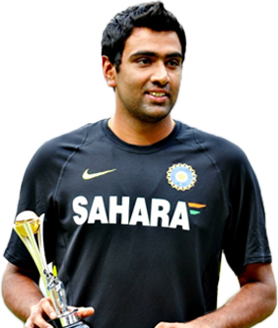Dyslexia, originally called word-blindness, is a neurobiological condition describing the failure to read words and letters.
Reading is not a natural activity for human brain. Human brains weren’t designed to read: There is no “reading center” of the brain, and there are no “reading genes.” Instead, in order to read, each brain must create new circuits between parts originally designed to do other things, like retrieving the names for objects. These new circuits must not only combine many processes from different areas of the brain to form a specialized circuit just for reading — in order to become a fluent reader, the circuit also needs to run extremely fast, nearly automatic.
Prof Maryanne Wolf is the director of the Center for Reading and Language Research at Tufts University and author of “Proust and the Squid: The Story and Science of the Reading Brain” She has spent her career studying how the brain reads and, in some cases, how it doesn’t. “Because we have no pre-programmed wiring for reading [in the brain], we have to do something very different,” Wolf said. “What the brain does have — which is fantastic — is the ability to make new circuits based on new connections among its already- there parts. So, when I said [in the book] we were never born to read, that is the absolute truth. We weren’t. Each child has to do it by themselves.”
While classified as a “learning disability,” dyslexia is not, a brain disorder or a disease, nor is it flipping letters backward. Often the failure to read is in direct opposition to a brain’s cognitive ability, leaving parents and teachers stymied when an otherwise intelligent child can’t spell words they’ve seen a thousand times, or put a sentence together.
According to Wolf , Dyslexia is the result of a brain that’s organized in a different way. In many children, this is because the right hemisphere tries to muscle the strengths of the left, specifically at tasks that are the domain of the left, like many language functions. When the reading circuit is being dominated by the right hemisphere, it takes longer for the information that goes to both hemispheres to get together.
In the dyslexic brain, there are several major areas that could develop problematically.
Phoneme awareness, or knowing the sounds that correspond with letters and words, is the #1 deficiency in the dyslexic brain.
“Our language is made up of 44 sounds called phonemes,” Wolf said. “English is trickier because we have phonemes that can be expressed in different letters, and we have letters that can stand for different phonemes. It’s an irregular language, and that adds to the complexity, but the underlying issue for many, but not all, children is problems in the basic representation of those phonemes.” Wolf said there are multiple areas of the brain contributing to our ability to represent phonemes, and that many dyslexic children have issues with developing phonemes, as well as knowing which sounds are assigned to which letters.
Fluency, or getting the reading circuit to work together quickly, is the second issue.
“Children can have perfectly represented phonemes, but can’t get the phonemes together with the letters, because there’s a speed-of-processing issue,” Wolf said. “And part of that may well be because that right hemisphere is taking a longer time and trying to do what the left hemisphere usually does, in getting that circuit to work very fast together. That can mean not just the phonemes aren’t represented very well. It might also mean that letters aren’t getting represented very well, and that the circuit is not becoming automatic.”
Comprehension is the third issue but no less crucial issue to reading. “After making letters and sounds work together, and getting the whole circuit to work in time, then words have to be connected to meanings and functions of grammar,” Wolf said. “It takes explicit work to get the visual representation, meaning, sound and grammatical function all working together, and that’s what dyslexic children must do.” Wolf said that often this kind of dyslexia doesn’t show itself until the child is older, third grade and up, when a child switches from ‘learning to read’ to ‘reading to learn’.
“Some of our children can read words, but read them laboriously,” Wolf said. “And by fourth grade they’re a major failure and have never become fluent.” Many of these children are bright and have compensated up to this point by memorizing words, but have never learned to read fast enough to comprehend what they’re reading.
These are nothing more than brain differences. They can be helped with systematic and explicit instruction.This is a large but necessary step for everyone involved: students, parents and teachers. When children find they’re unable to read or read with much difficulty, they often believe that it’s the result of a bad or broken brain.
Some teachers may also unwittingly hold beliefs that reading happens for all children by a kind of osmosis. Keeping the truth about dyslexia hidden or misunderstood only hurts the students, their parents and the educators trying desperately to help them.
https://ww2.kqed.org/mindshift/2015/10/01/understanding-dyslexia-and-the-reading-brain-in-kids/
If Children with dyslexia can't learn the way we teach, then we teach the way they learn
Help us make difference

A group of parents of children with dyslexia, educationists empathetic to the cause, and philanthropists founded MDA in 1992. Madras Dyslexia Association (MDA) is a non-profit service organization established to take a pragmatic approach to helping children with “Dyslexia”.